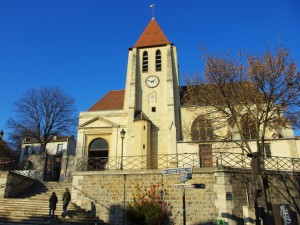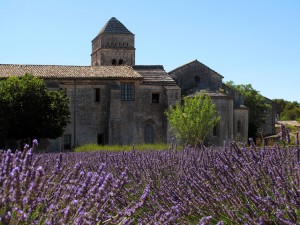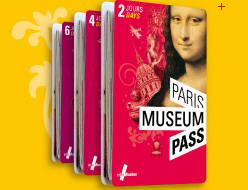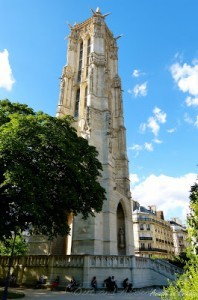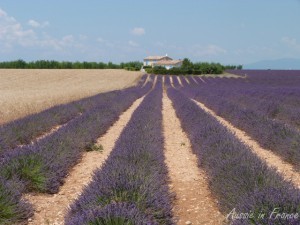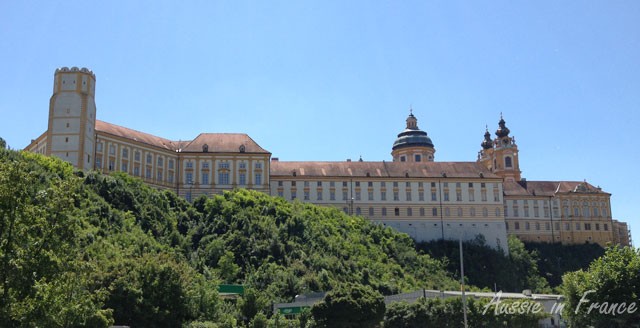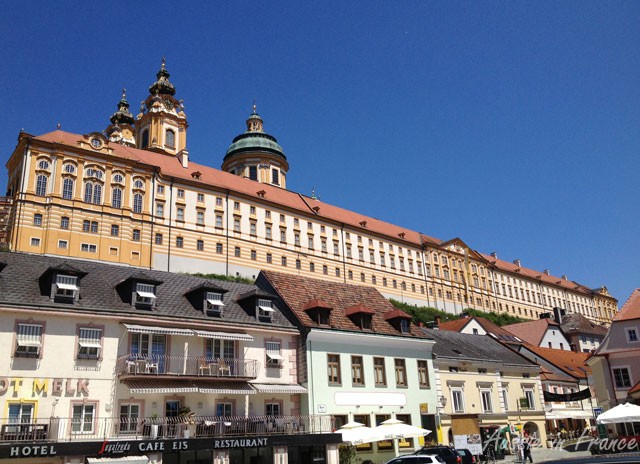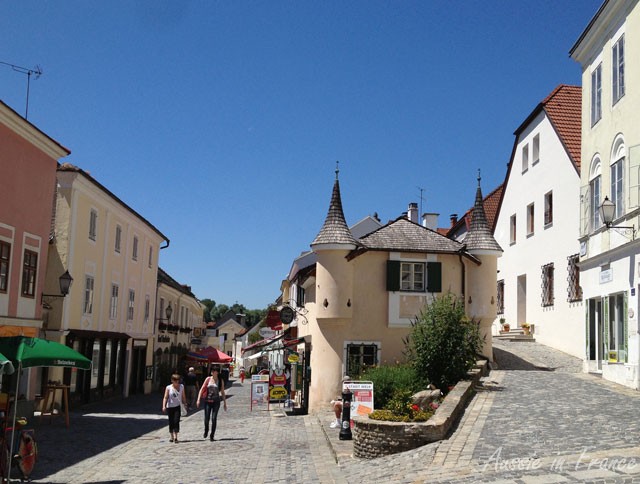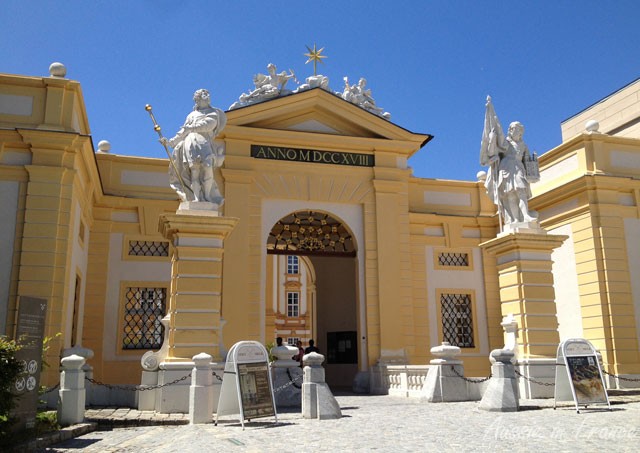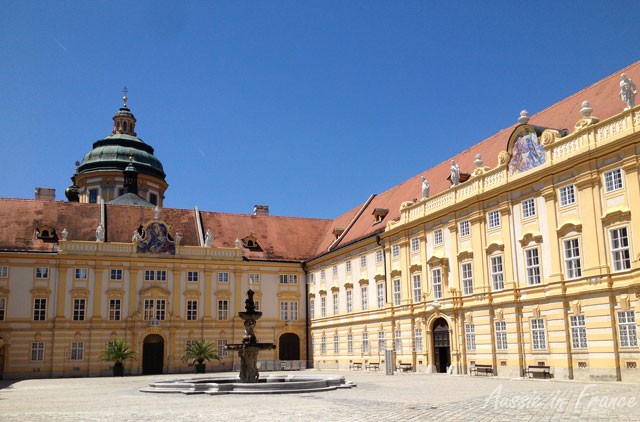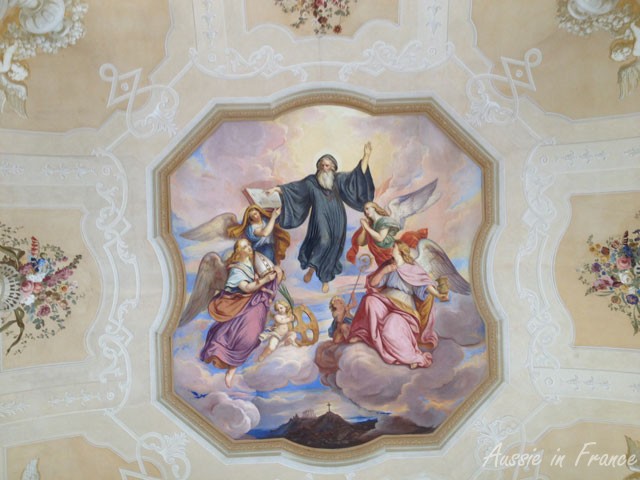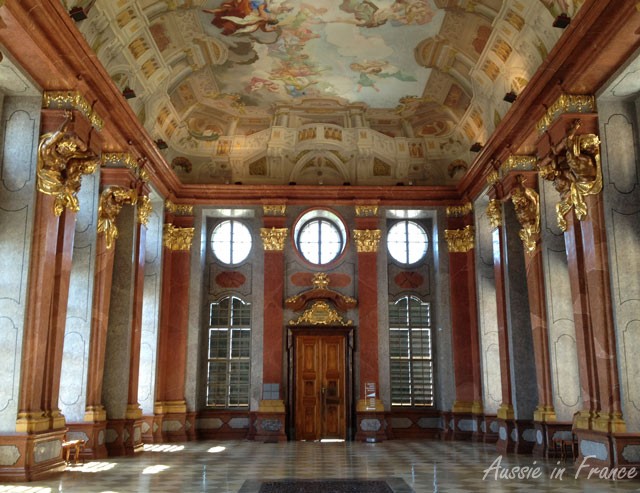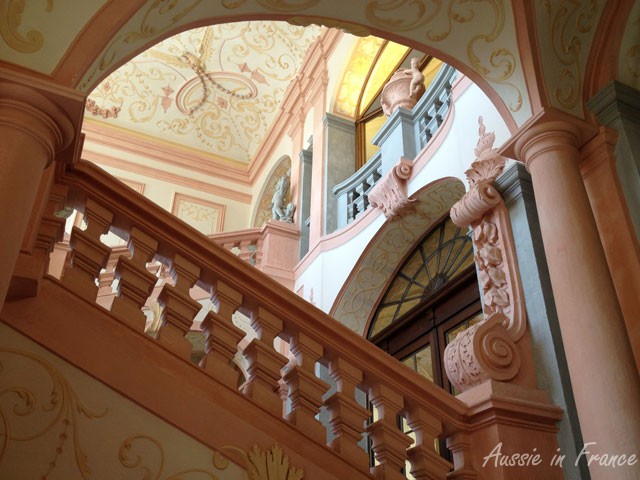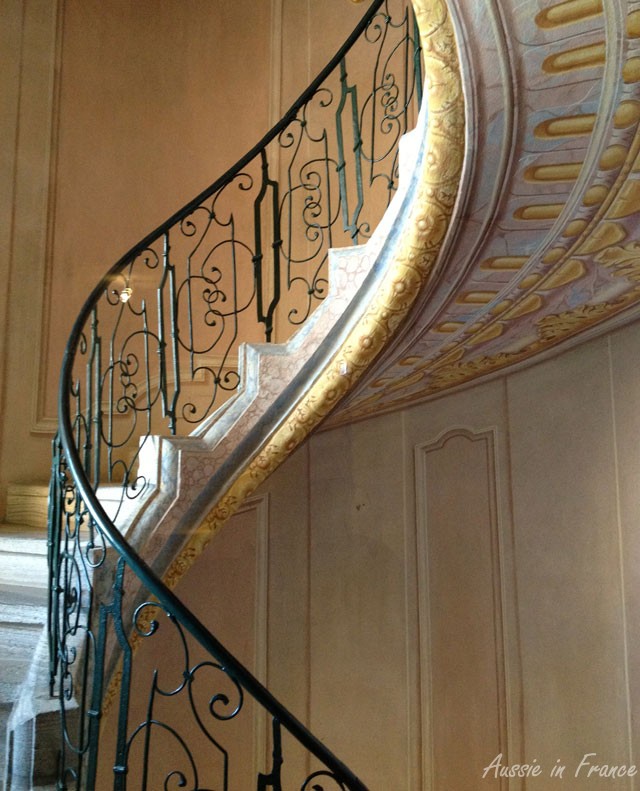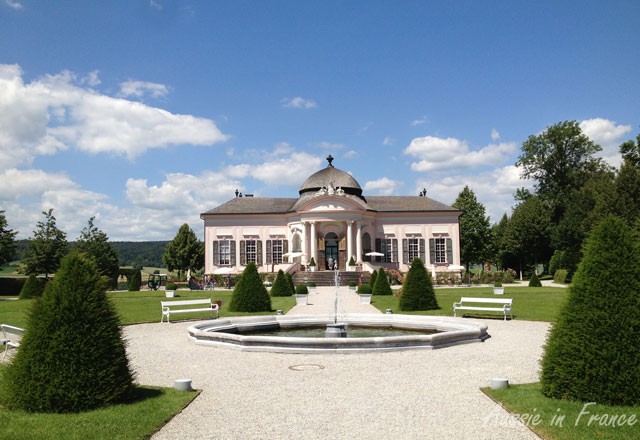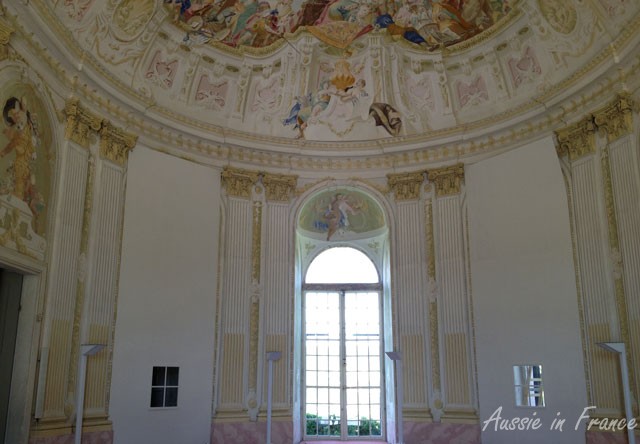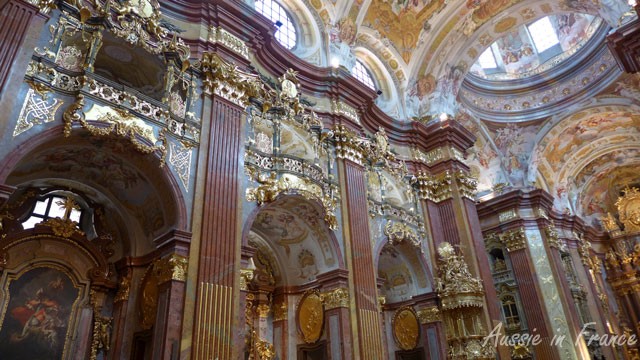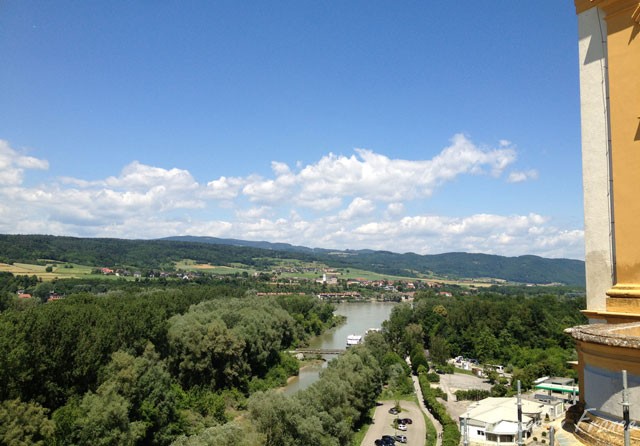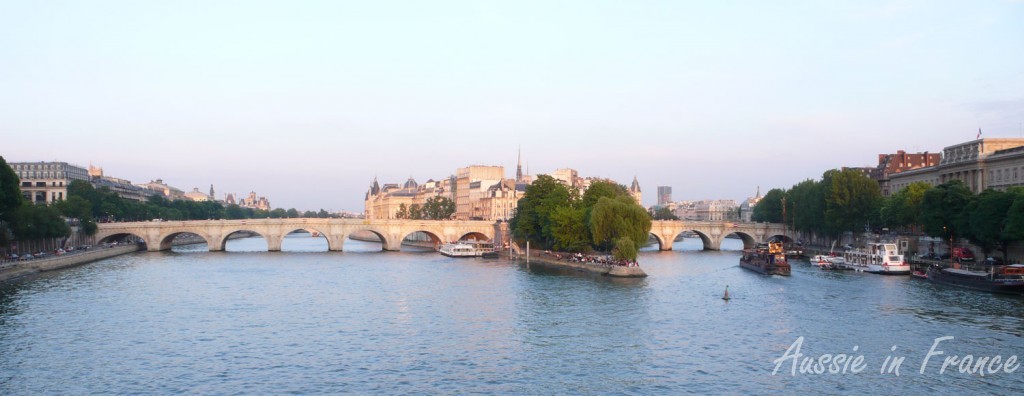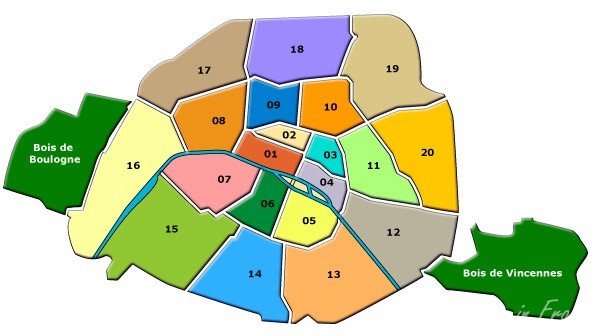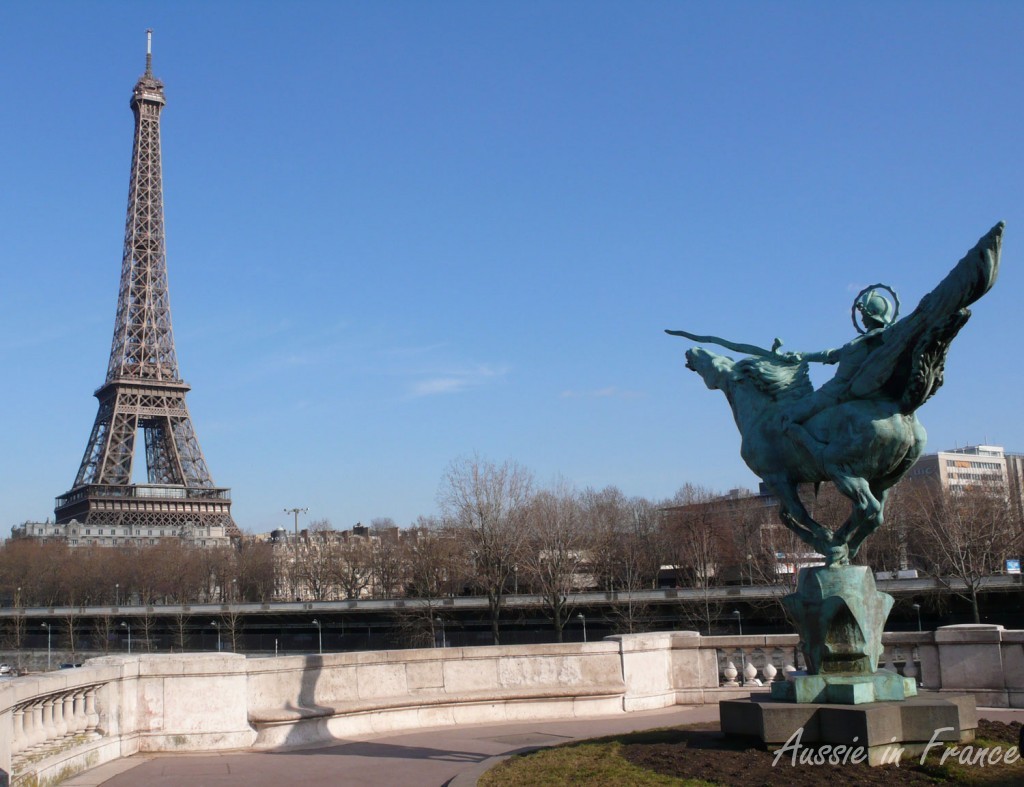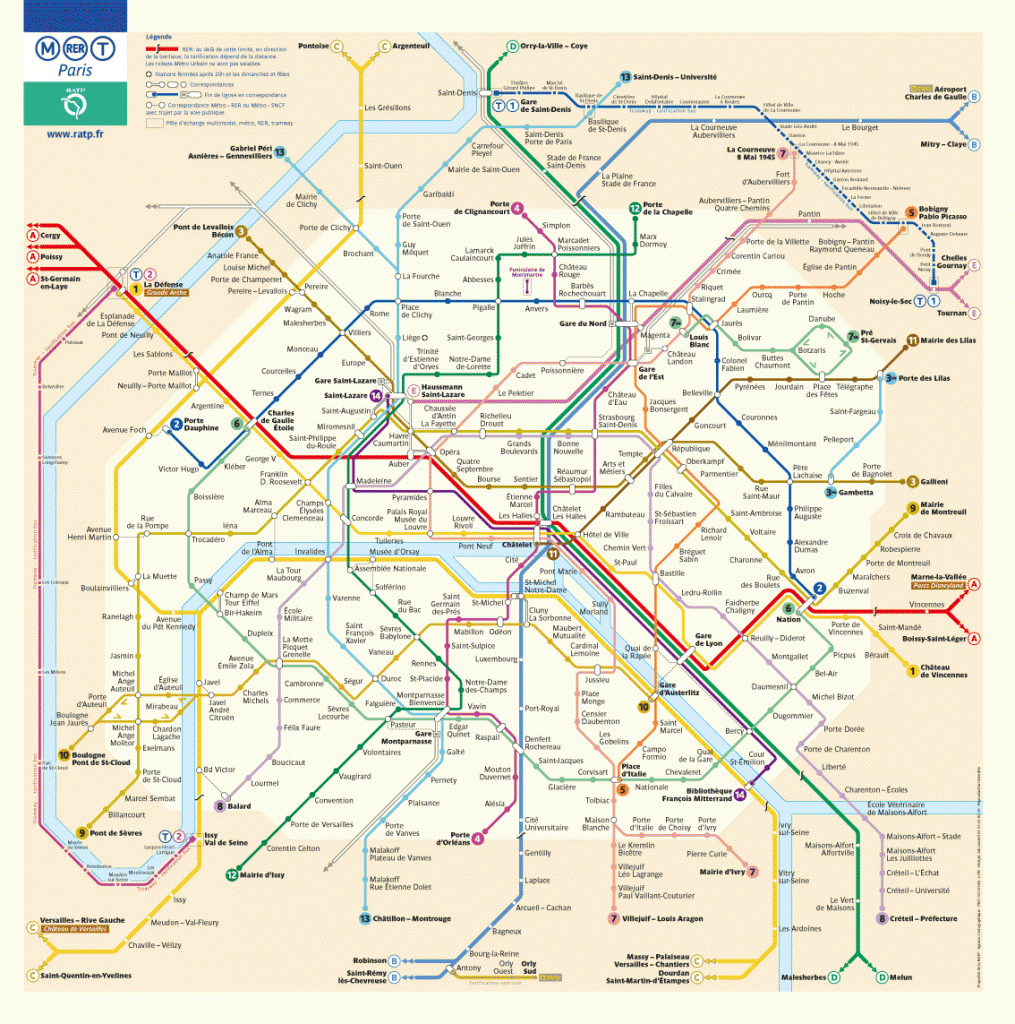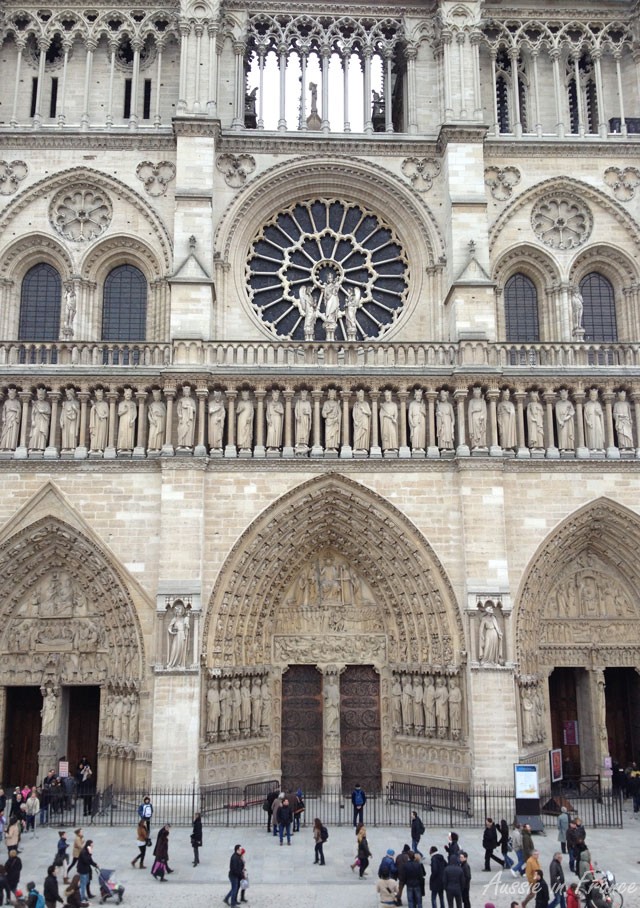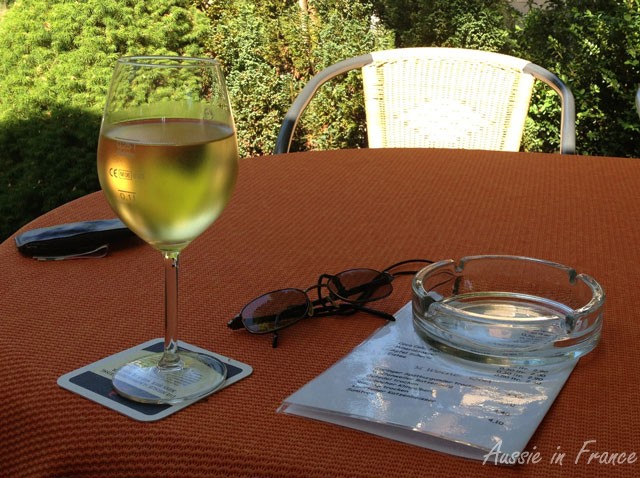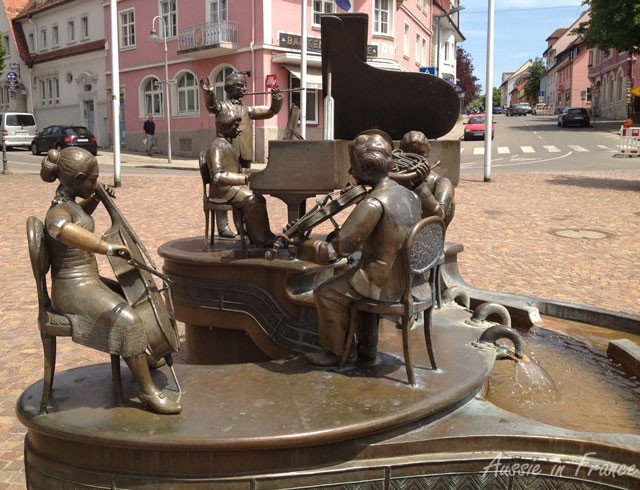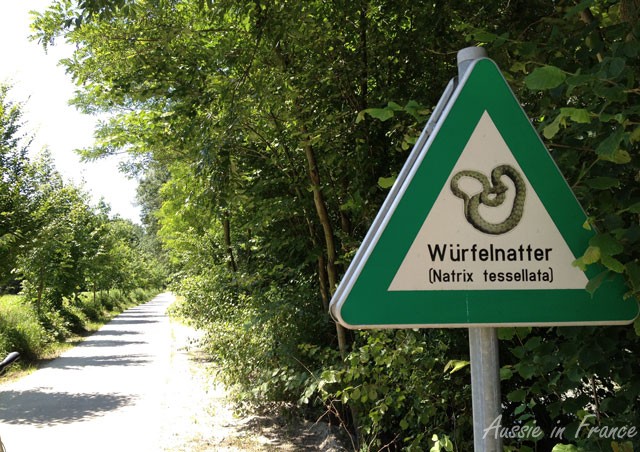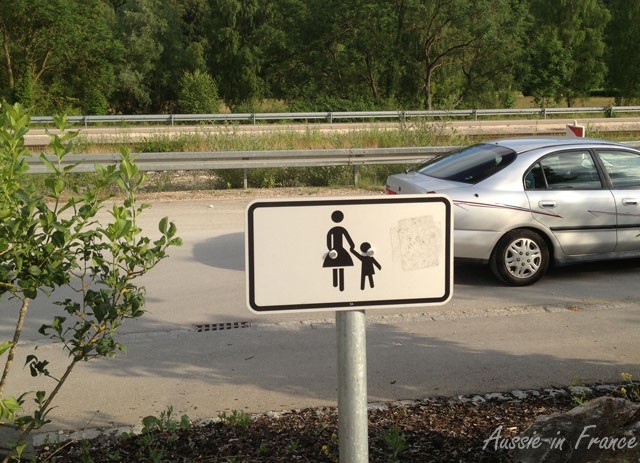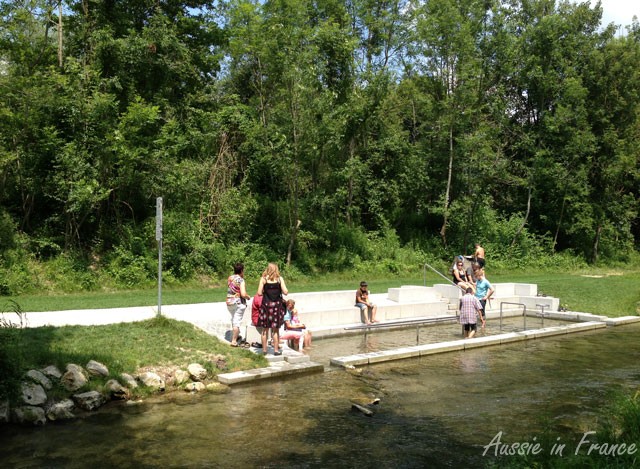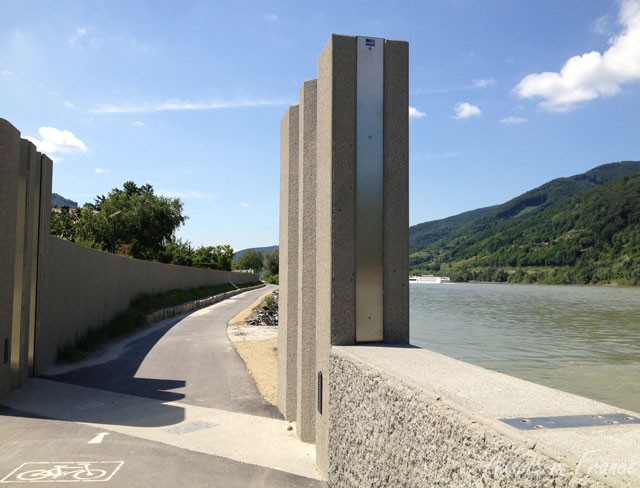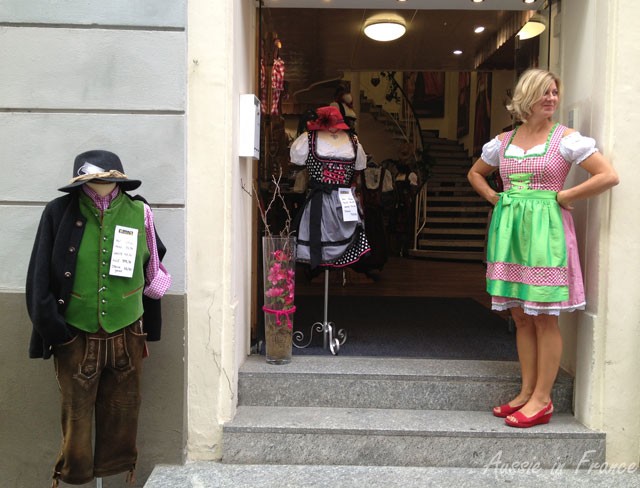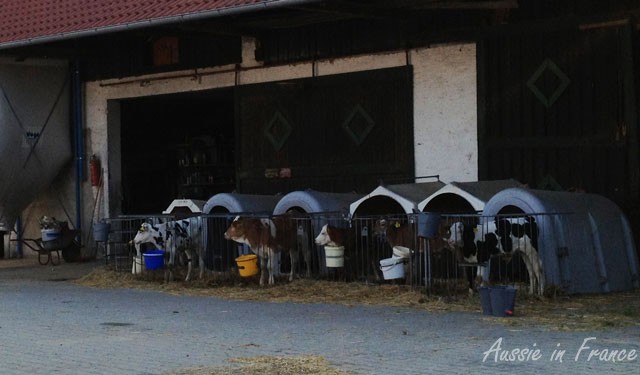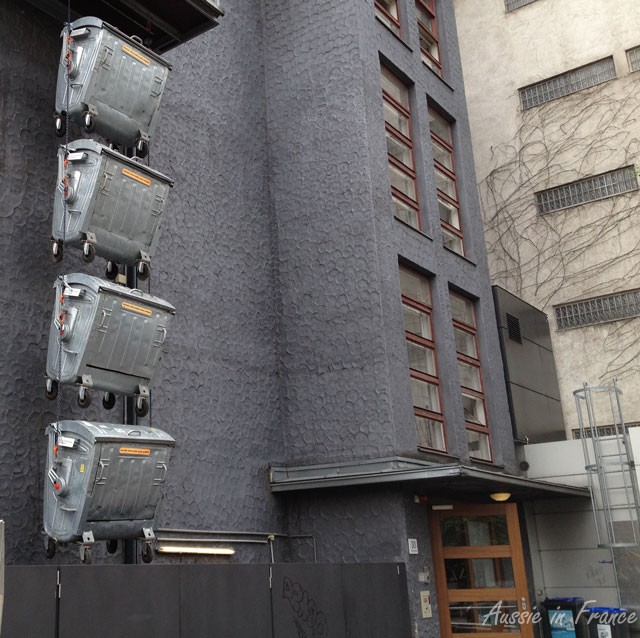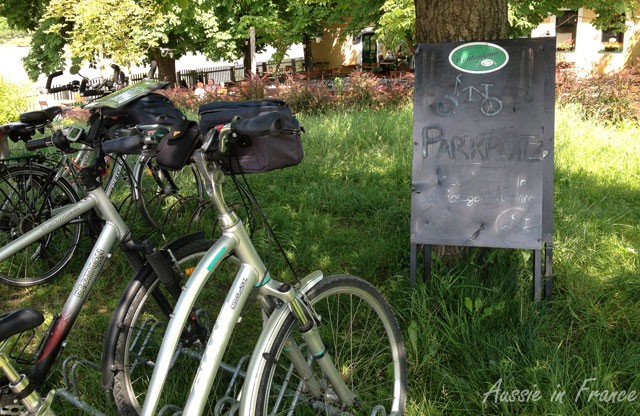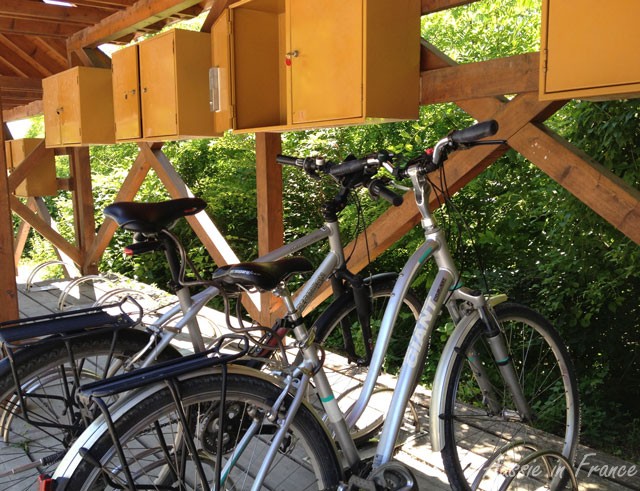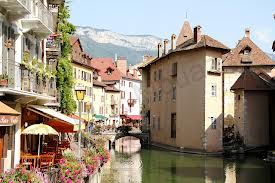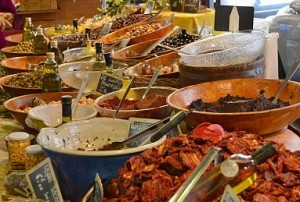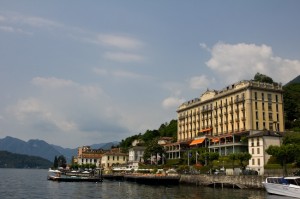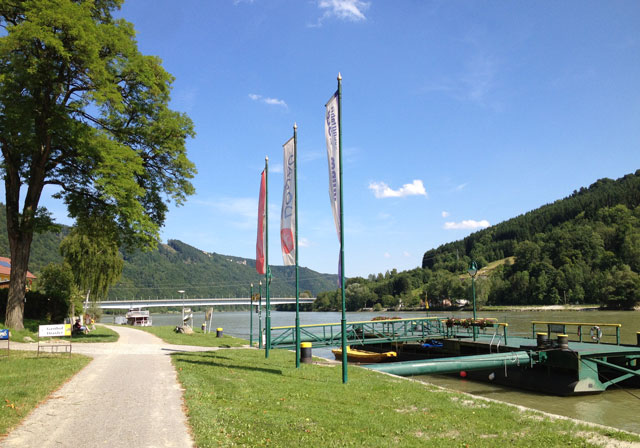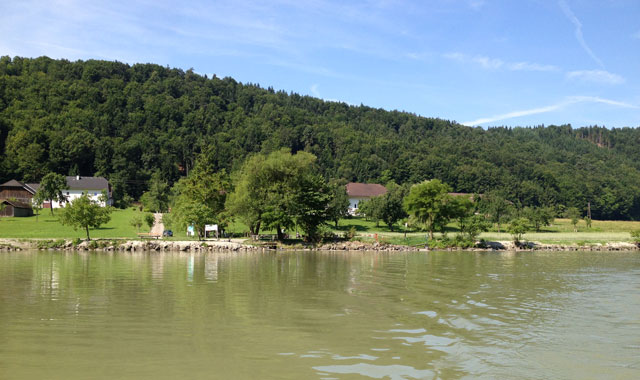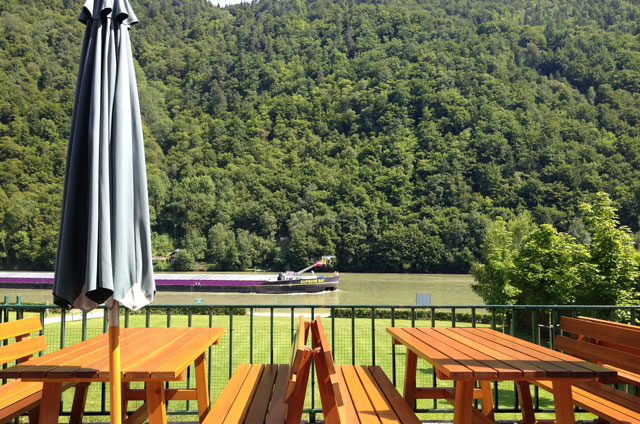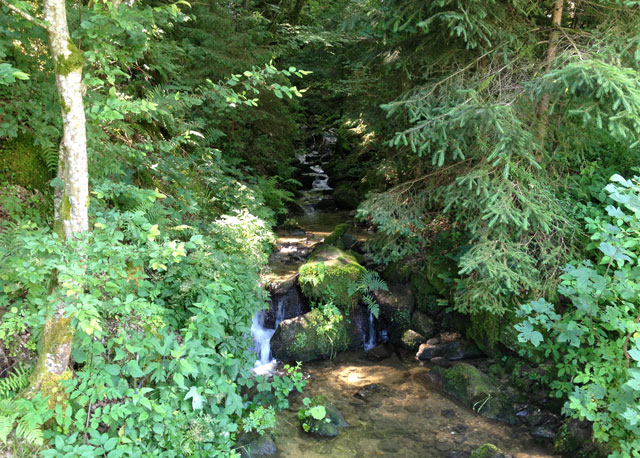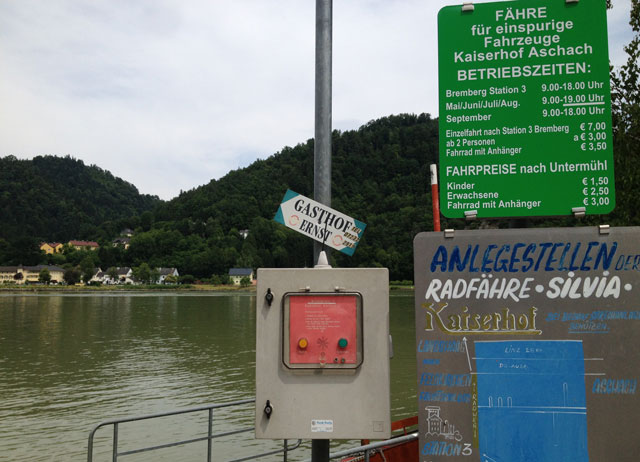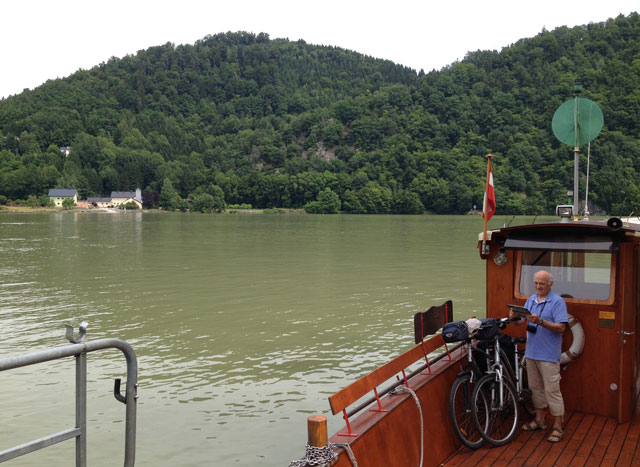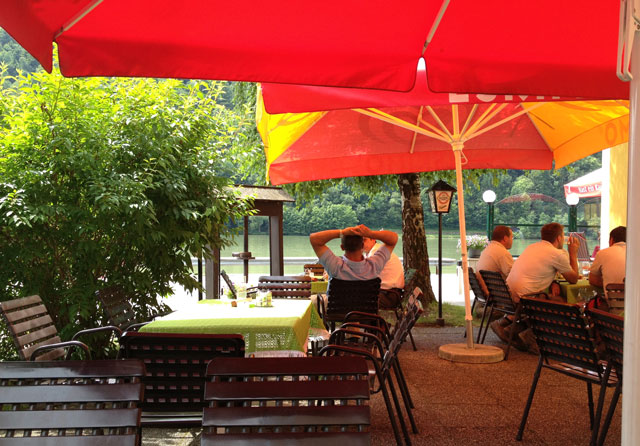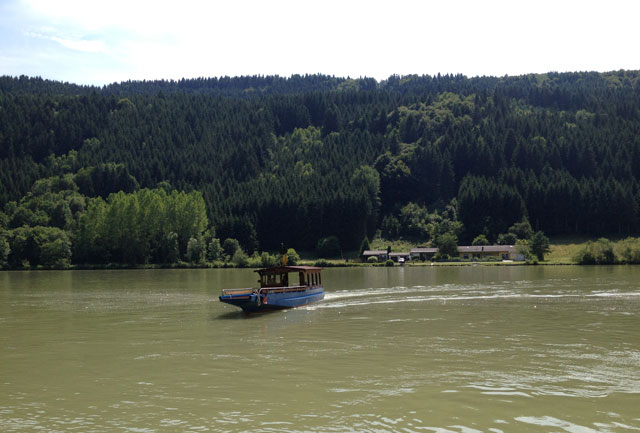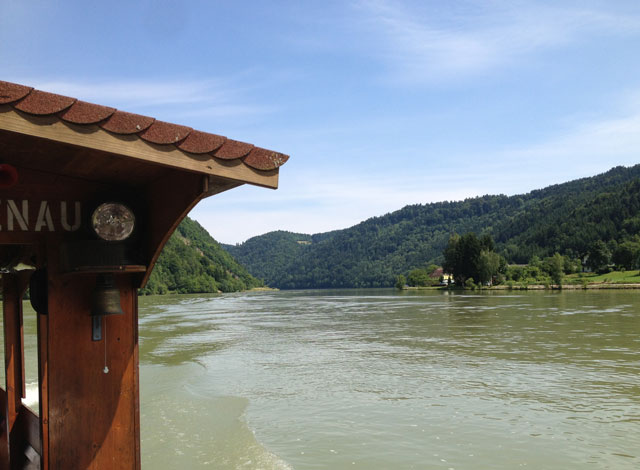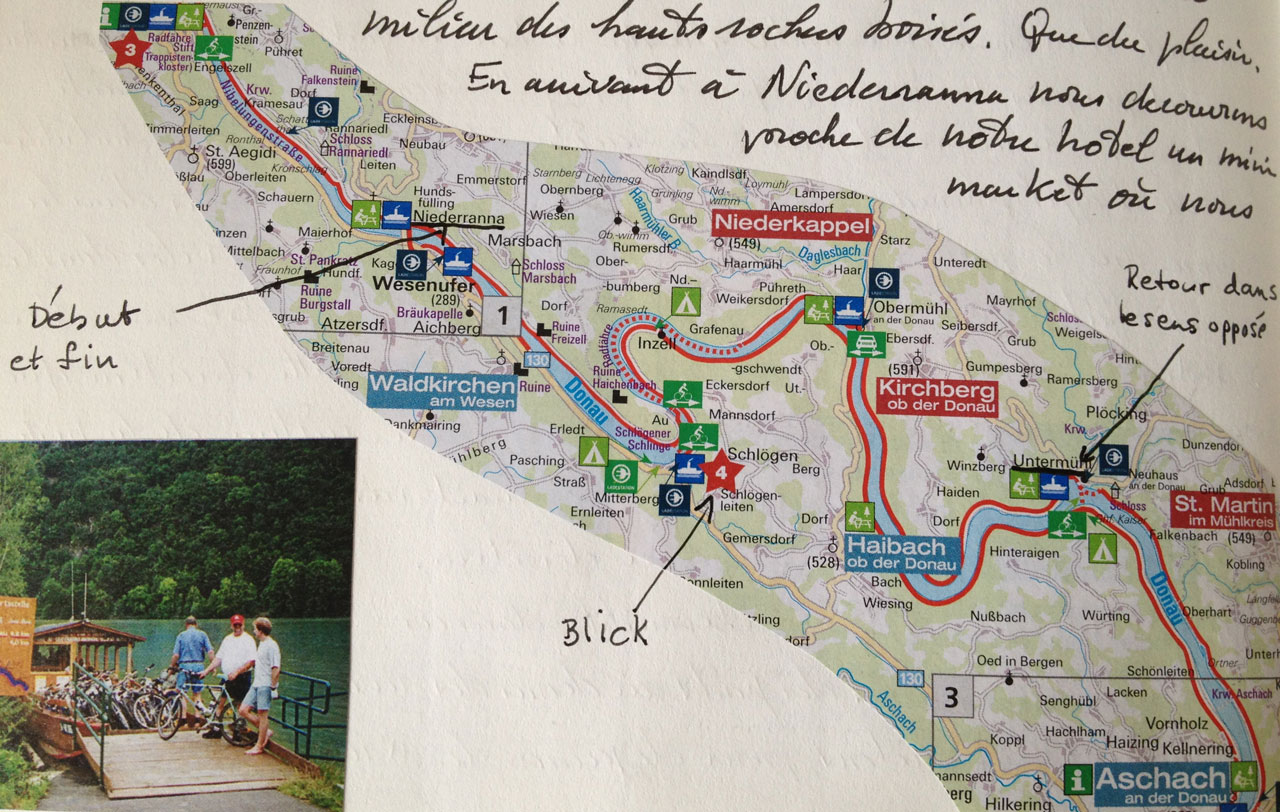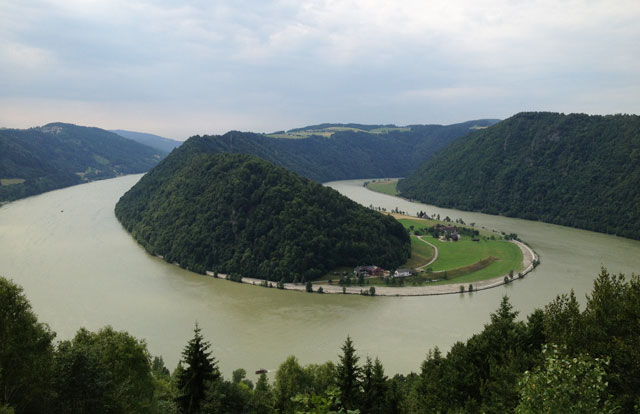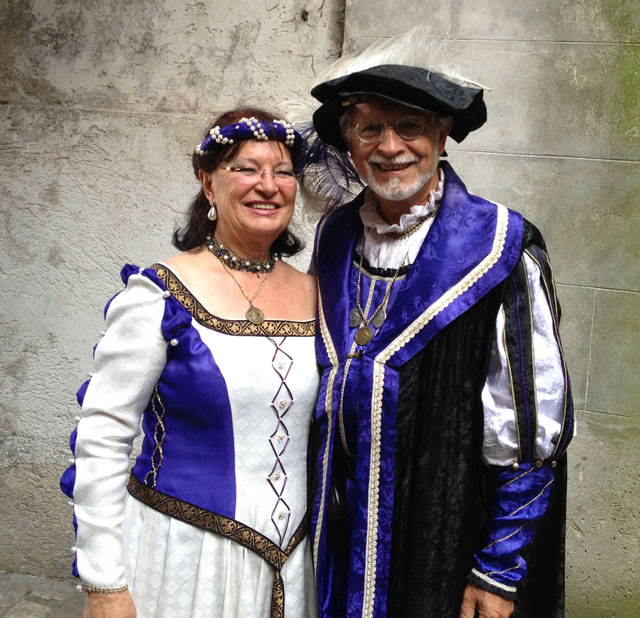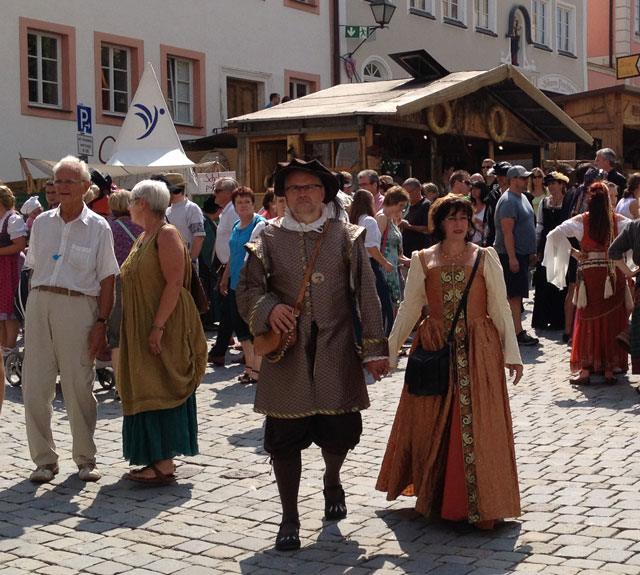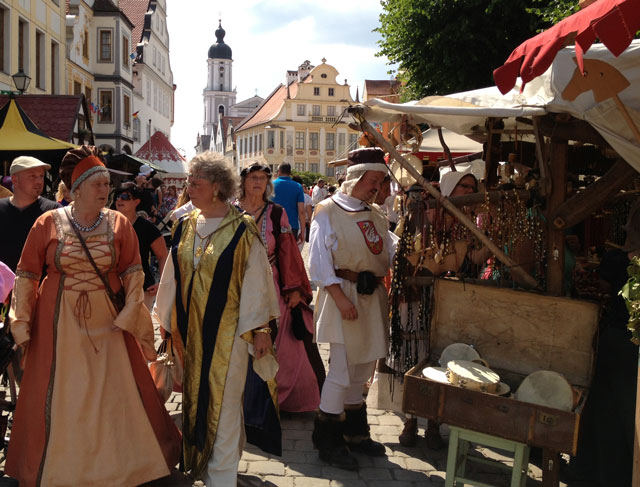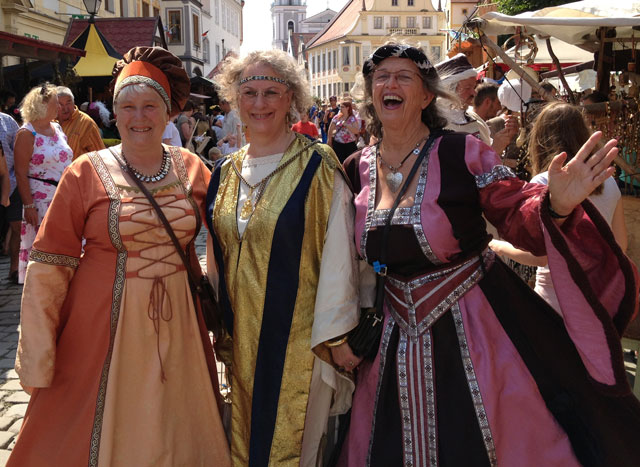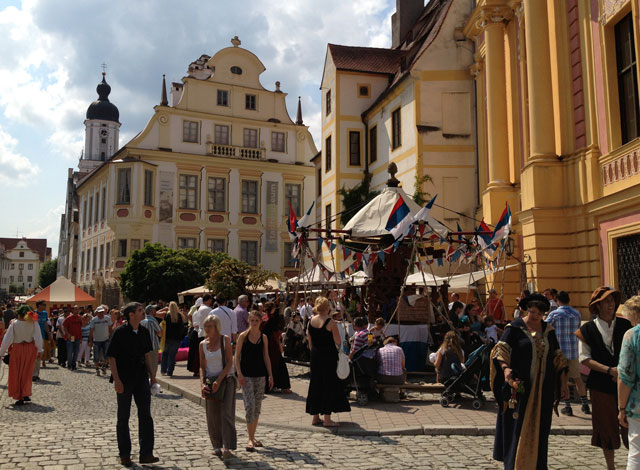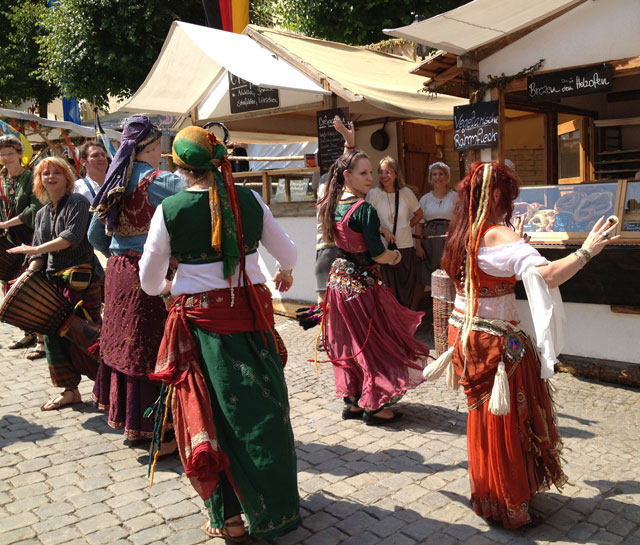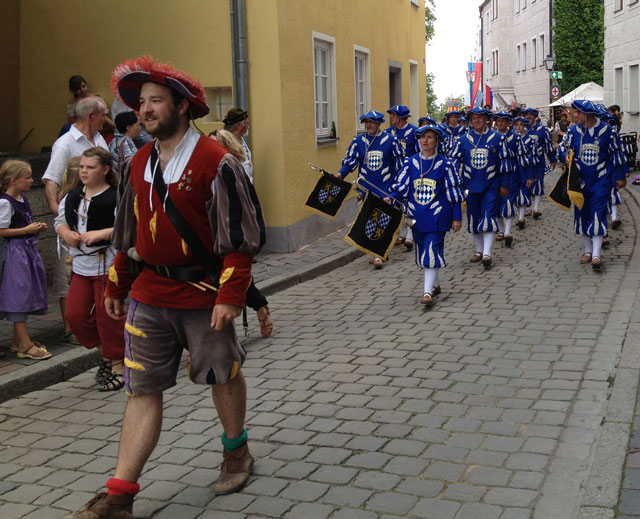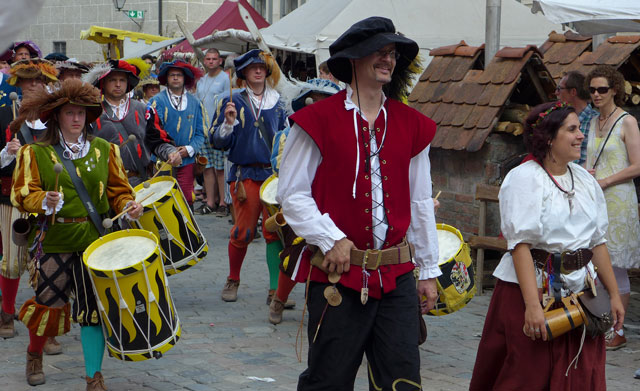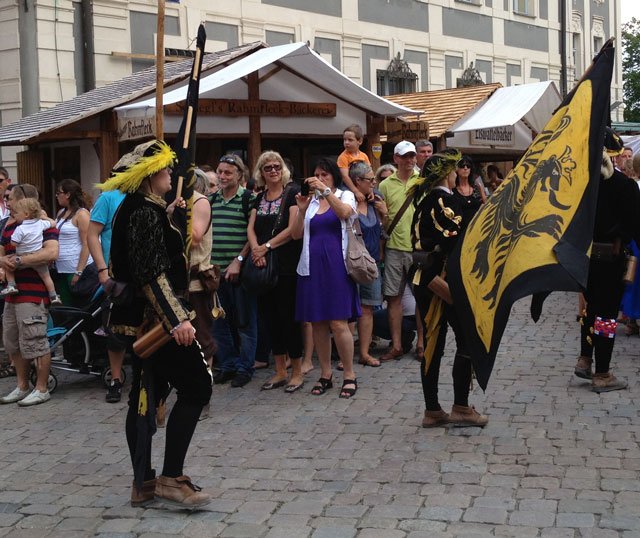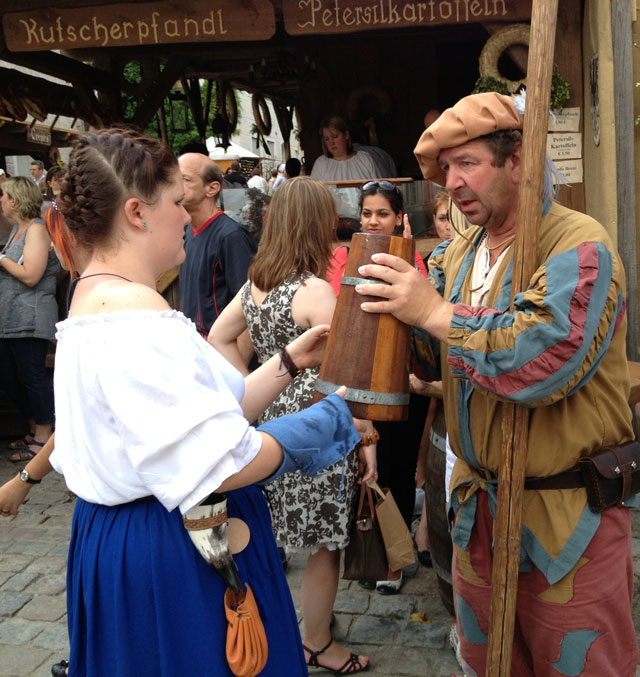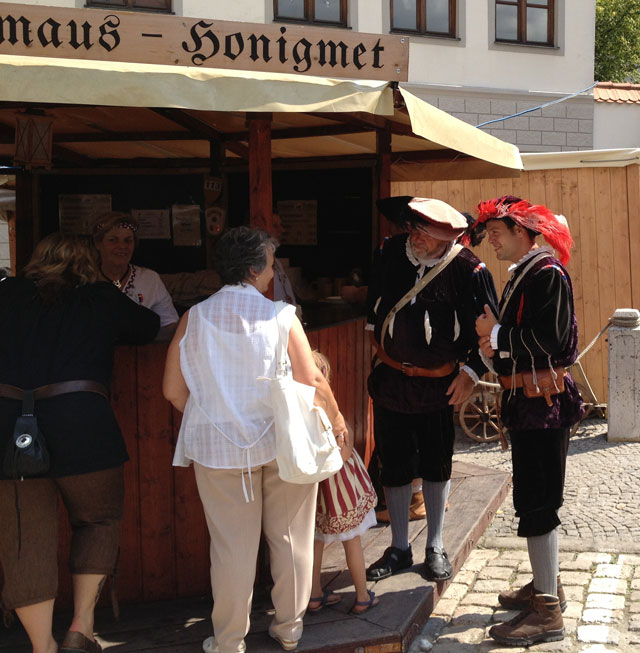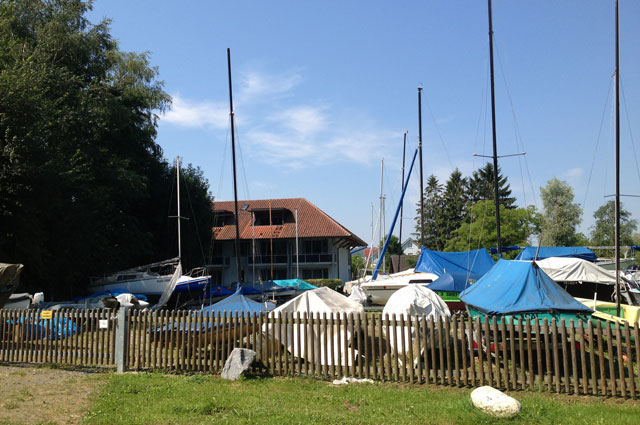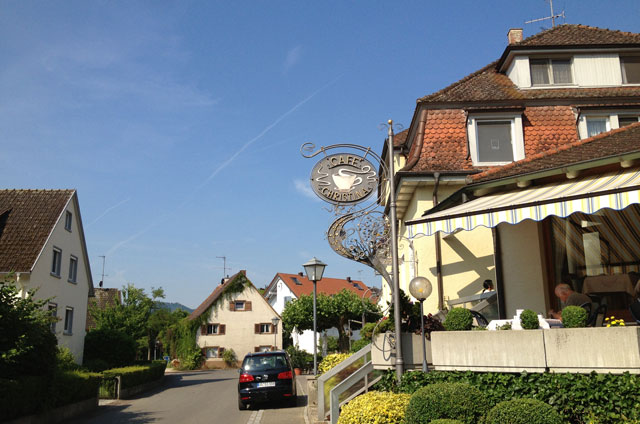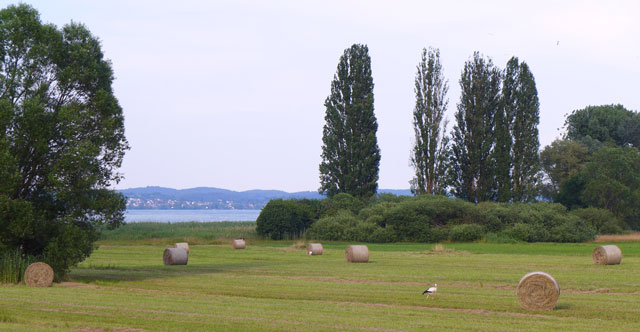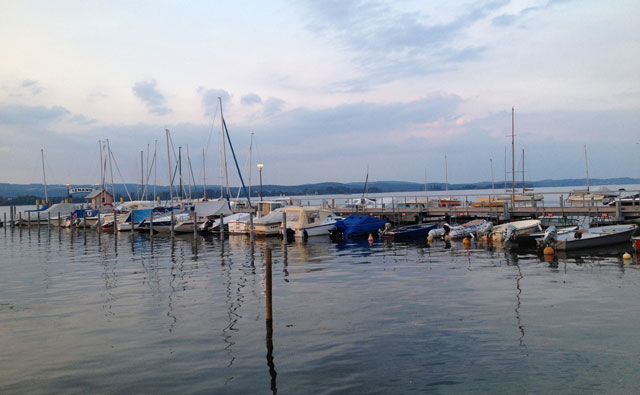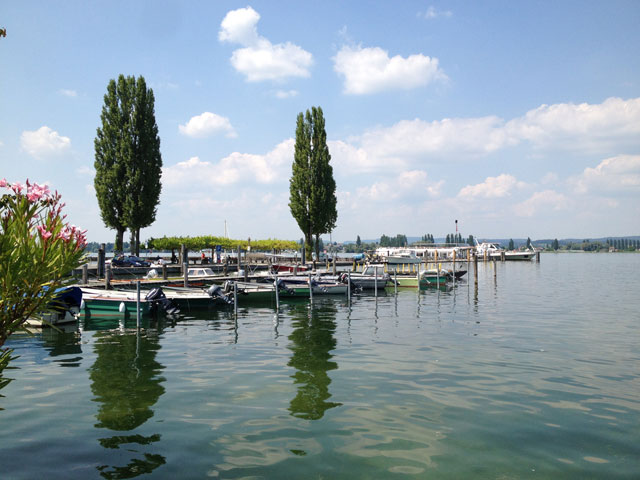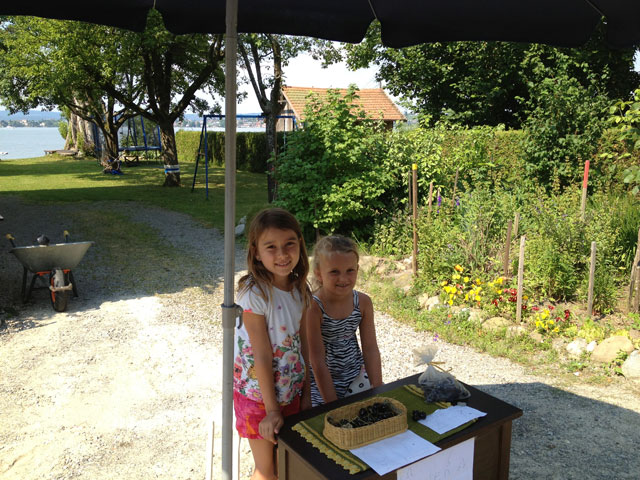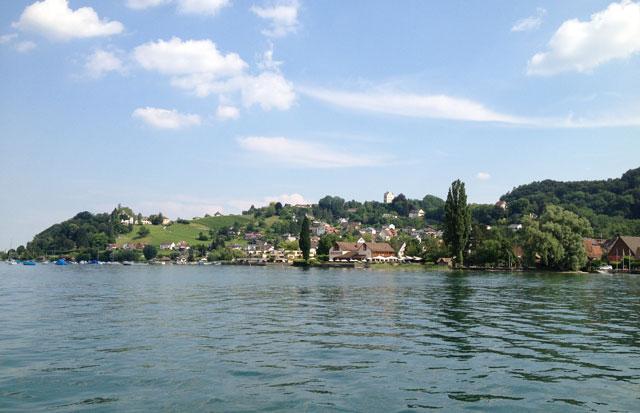Surprisingly for an old city, Paris has very few mediaeval houses and when someone asked me recently where the oldest house was, I had absolutely no idea even though I later learnt that I had actually been inside!
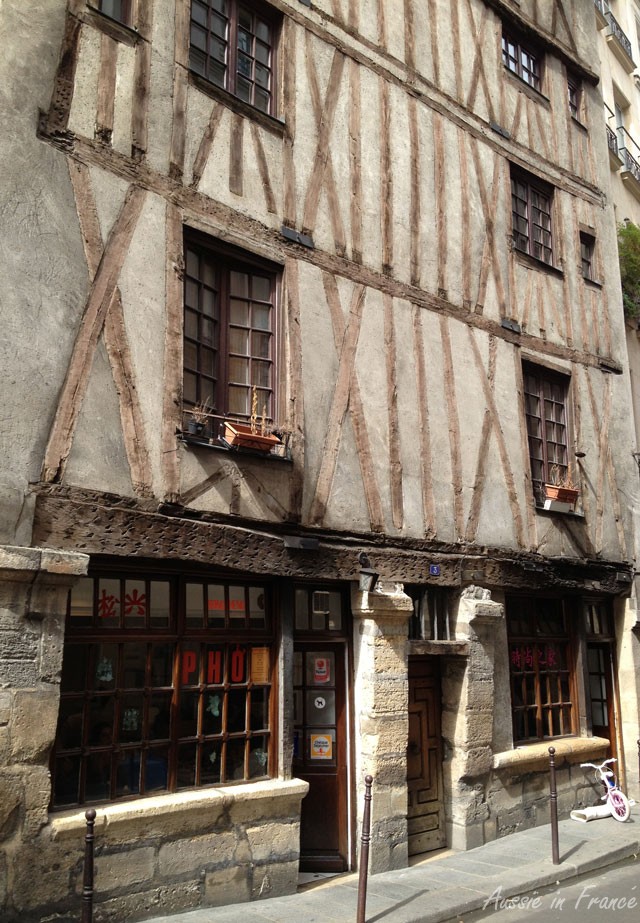 3, rue Volta, long thought to be the oldest house in Paris
3, rue Volta, long thought to be the oldest house in ParisFor very many years, it was thought that the house at n°3 rue Volta in the 3ème arrondissement was the oldest in the capital. All the history manuals showed it to be the oldest and it was depicted in thousands of postcards. It wasn’t until 1979 that an historian finally proved that it was a copy built in 1644 by a Parisian bourgeois. That must have been a rude shock, particularly as the historian was a woman!
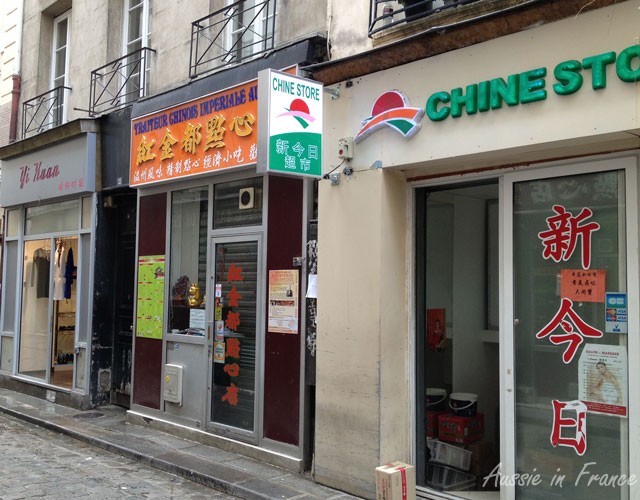 Mini Chinatown in rue Volta
Mini Chinatown in rue VoltaI trekked off to have a look and found myself in a mini Chinatown. The half-timbered house with its stone pillars is now home to a Vietnamese restaurant called Taing Song-Heng where the same family has been serving two dishes, Pho and Bo Bun for twenty years.
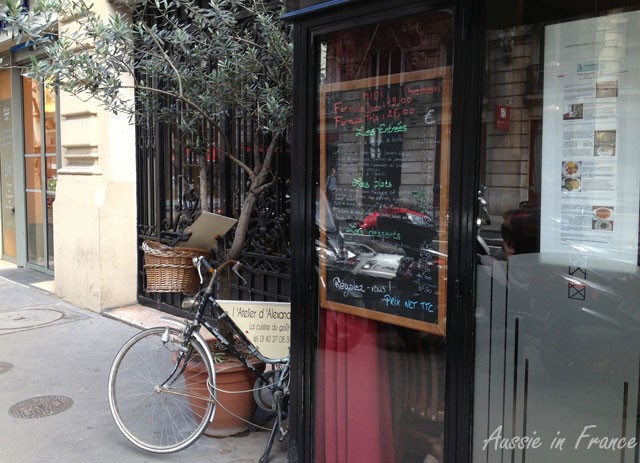 L’Atelier d’Alexandre with its bike menu holder
L’Atelier d’Alexandre with its bike menu holderI had also been told that there were two other mediaeval houses at n° 11-13 rue François Miron in the 4ème arrondissement. This is not an area I know well, and I found all sorts of intriguing things on the way such as this bike doubling as a menu holder. A young man was leaning against a car smoking, dressed in chef’s attire. “It’s a very old bike”, he said. “And a very unusual way of presenting a menu,” I replied. “I saw the idea in Malta. You won’t copy it, will you?”
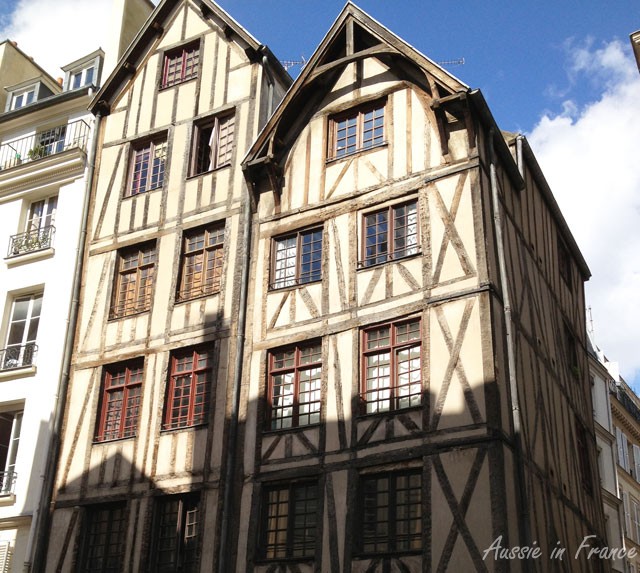 Mediaeval houses at 11 & 13 rue François Morin
Mediaeval houses at 11 & 13 rue François MorinI eventually reached N° 11 which used to have a sign with a reaper while n°13 had a sheep. The oldest records show their existence at the beginning of the 16th century but they might have already been there in the 14th century. In 1508, a royal decree prohibited jettied upper floors because of the risk of collapse. As a result, the gable was removed from n° 13 in the 17th century. It was rebuilt in 1967 when the two houses were being restored. In 1607, an edict ordered the timbering on this type of houses to be covered with plaster to prevent fire. Original drawings were used to guide restoration.
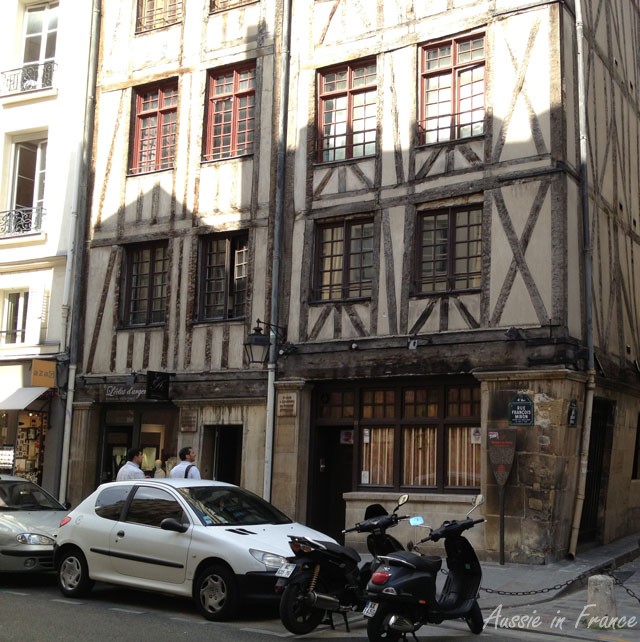 Street level of 11 & 13 rue François Morin
Street level of 11 & 13 rue François MorinMy last visit was to n°51 rue de Montmorency, back in the 3ème arrondissement, to Nicolas Flamel’s house. As soon as I saw it, I remembered a Gargantuan meal there with French friends a few years ago. I suggested we have the food and wine pairing. It was excellent but I definitely wouldn’t recommend our choice. We still talk about it!
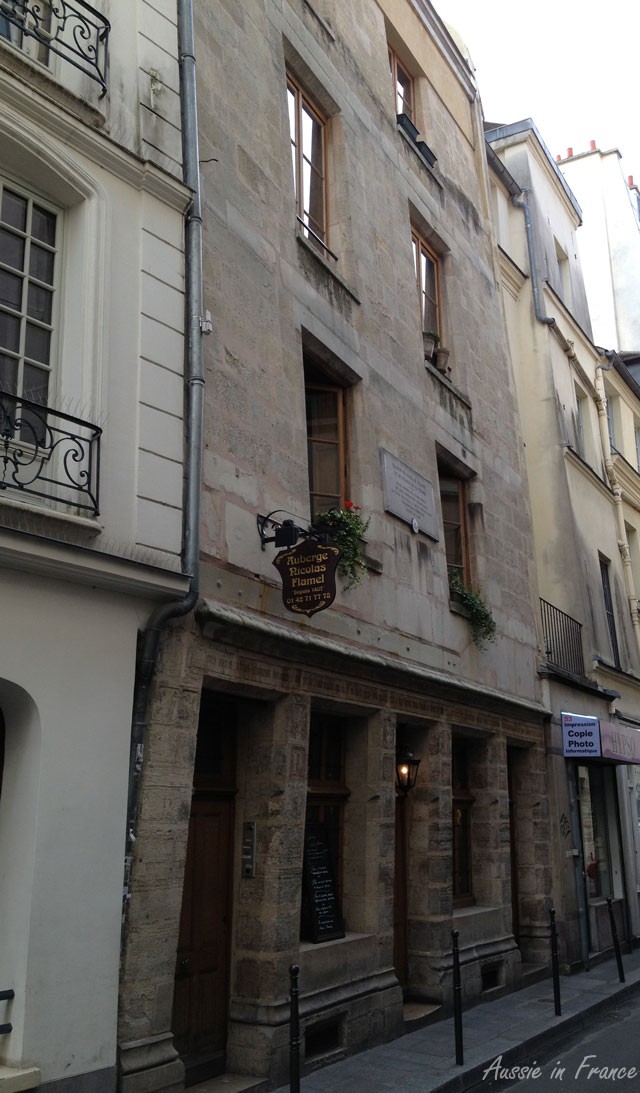 Nicolas Flamel’s house at 51, rue Montmorency, the oldest known house in Paris, dated 1407
Nicolas Flamel’s house at 51, rue Montmorency, the oldest known house in Paris, dated 1407So, the oldest house in Paris only dates back to 1407. No half-timbering here. The façade is entirely made of stone, all straight lines and no curves. It was built by Nicolas Flamel, a scrivener and manuscript seller. The money he earnt from renting out the ground floor shops was used to house labourers and vegetable gardeners from the surrounding area.
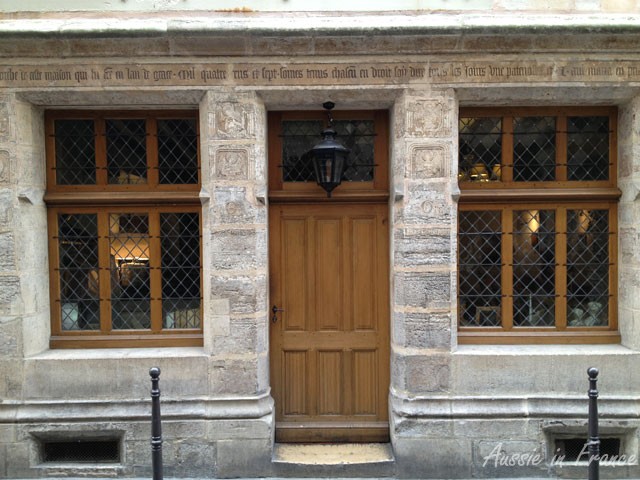 The façade of Nicolas Flamel’s house with its inscription
The façade of Nicolas Flamel’s house with its inscription The inscription on the wall says, “We, working men and women living beneath the porch of this house, built in 1407, must each say an Our Father and an Ave Maria every day, to ask the grace of God to forgive poor sinners their trespasses. Amen.”
L’Auberge Nicolas Flamel, 51 Rue de Montmorency, 75003 Paris, 01 42 71 77 78 L’Atelier d’Alexandre, 26 rue de Beaubourg, 75003 Paris, 01 40 27 08 31 Taing Song-Heng, 3 rue Volta, 3 Rue Volta 75003 Paris, 01 42 78 31 70 If you enjoyed reading this, don’t forget to subscribe to new posts – that way you’ll get them directly on your smart phone or in your mail box! And I love to hear your comments! I’ve added this post to Lou Messugo’s All About France link-up. Click to find other posts about France from other bloggers
I’ve added this post to Lou Messugo’s All About France link-up. Click to find other posts about France from other bloggers

